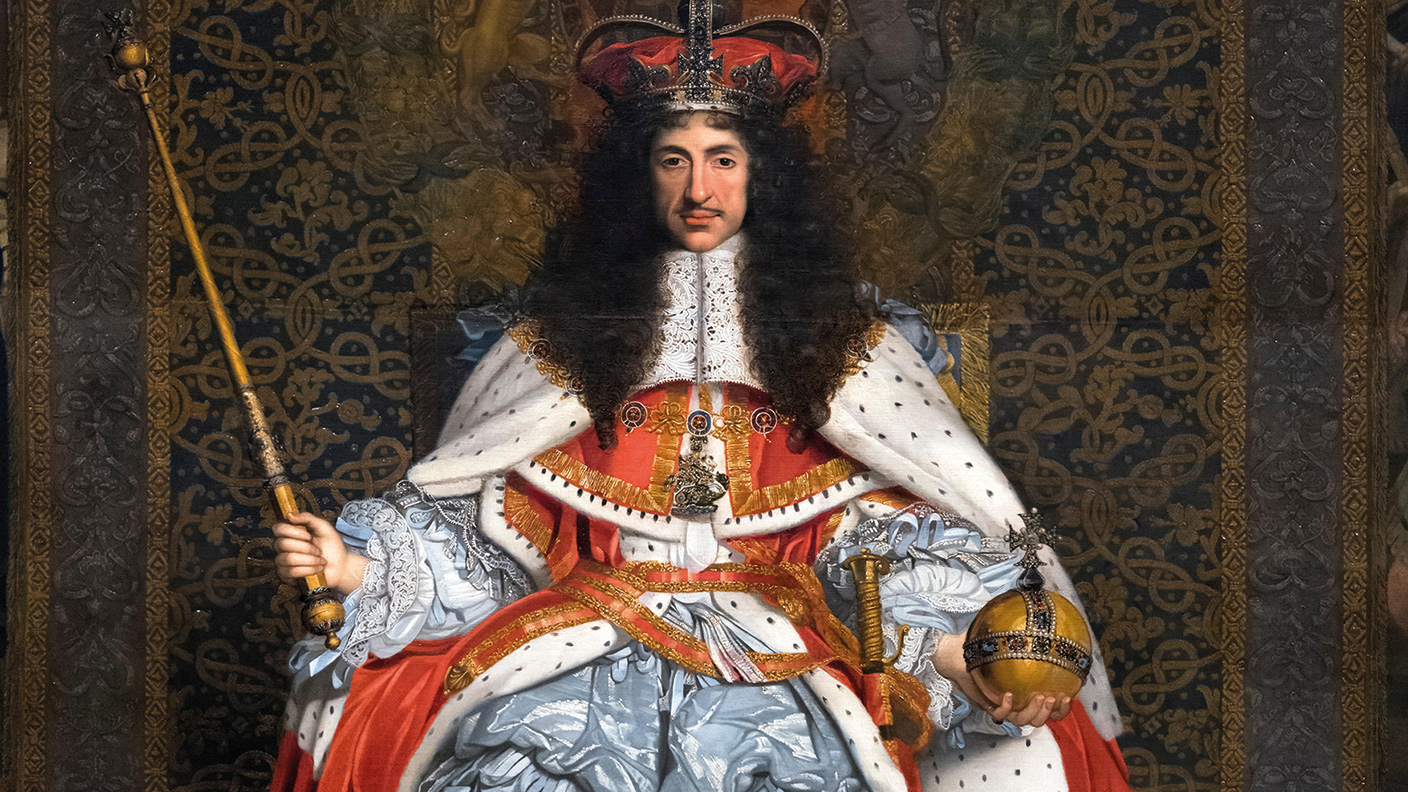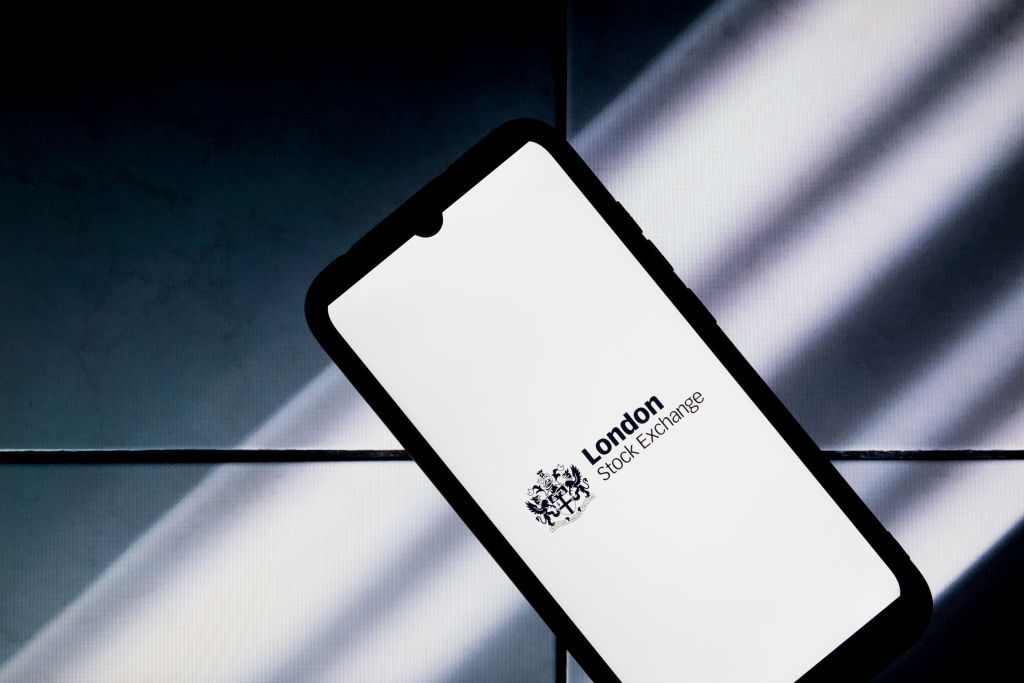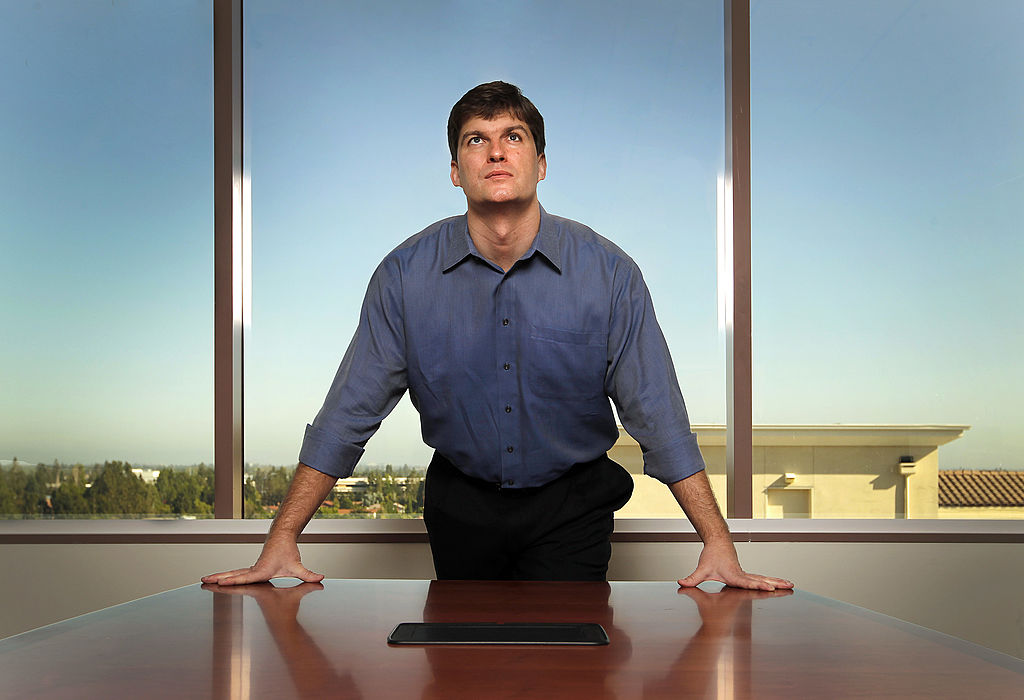Bitcoin mania: private currencies are nothing new
The idea is gaining ground that bitcoin and the plethora of other new currencies are here to stay. But the existence of private currencies operating parallel to official ones is nothing new, says Merryn Somerset Webb.


This week is all about cryptocurrencies. In the US, crypto platform Coinbase is listing. Bitcoin is hitting regular new highs (around $64,000 now) as is ether (up 6% on Wednesday alone). And the idea that these new currencies are here to stay is gaining ground. They might be. But before you rush out to buy too much of them (John and I both have smallish holdings – we like to hedge our opinions) bear in mind that while the tech behind digital currencies is new, the existence of private currencies operating parallel to those issued by national authorities is not.
Take the tokens that circulated in 17th century London. Post-civil war – and the removal of the Royal Prerogative to mint base-metal coins – there was a shortage of state-issued small-denomination coinage available (not good for trade!). Market forces stepped in (of course!). Shopkeepers and innkeepers commissioned “moneyers” to produce personalised coins, then used these to issue change. By 1672 some 4,000 separate coins were thought to have been struck and passed around in London. They worked: as long as all merchants trusted that the merchant named on the coin was good to eventually redeem the coin for goods, that it was not state issued was not a problem. Unless, of course, you were the king, Charles II: he reckoned that private currencies took a bite out his “royal authority” and banned the lot. You may think this quaint little story of pewter tokens representing the odd half pint of beer has no bearing on your bitcoin holding. You may be right. But if you think of a cryptocurrency as a representation of value that skips a state-sponsored middle man, that can be produced by anyone and – if it has the trust of a critical mass of people – that can be used for trade by anyone, what is the real difference? Perhaps it’s just the fact that not all modern authorities are quite as confident in their power as Charles II. Yet.
For more on how money might evolve in a world where we attribute purchasing power to computer code, see China’s new digital currency. China’s government has a bit more of the Charles about it than most of the West: it might be first to suggest that its citizens should use the state-sponsored centralised digital yuan over any decentralised cryptos.
MoneyWeek
Subscribe to MoneyWeek today and get your first six magazine issues absolutely FREE

Sign up to Money Morning
Don't miss the latest investment and personal finances news, market analysis, plus money-saving tips with our free twice-daily newsletter
Don't miss the latest investment and personal finances news, market analysis, plus money-saving tips with our free twice-daily newsletter
On to a genuine modern development. I’m slightly nervous of the alternative meat sector (I worry about the health impacts of highly-processed “plant-based” meats) but in this week's magazine Jim Mellon and Anthony Chow make a compelling case for “cellular agriculture” as the best hope for the future of food – and, crucially, for animal welfare.
As podcast guest Peter Spiller of the Capital Gearing Trust tells me this week, when money supply is growing fast and people are confident, risk asset prices mostly rise (short term at least). But we still reckon that with prices where they are, if you are buying you are better to buy at the less costly end of the market – perhaps stick with the UK (only Italy and South Korea are cheaper). Finally, as we move into the part of the pandemic when we start to get a sense of who are the lockdown wrecked and who are the lockdown winners, it’s worth remembering who’s done best this year – American CEOs. Their average pay is up by a million bucks-odd a head and they seem to have spent even more time than usual going on holiday by private jet. Nice work if you can get it.
Get the latest financial news, insights and expert analysis from our award-winning MoneyWeek team, to help you understand what really matters when it comes to your finances.
Merryn Somerset Webb started her career in Tokyo at public broadcaster NHK before becoming a Japanese equity broker at what was then Warburgs. She went on to work at SBC and UBS without moving from her desk in Kamiyacho (it was the age of mergers).
After five years in Japan she returned to work in the UK at Paribas. This soon became BNP Paribas. Again, no desk move was required. On leaving the City, Merryn helped The Week magazine with its City pages before becoming the launch editor of MoneyWeek in 2000 and taking on columns first in the Sunday Times and then in 2009 in the Financial Times
Twenty years on, MoneyWeek is the best-selling financial magazine in the UK. Merryn was its Editor in Chief until 2022. She is now a senior columnist at Bloomberg and host of the Merryn Talks Money podcast - but still writes for Moneyweek monthly.
Merryn is also is a non executive director of two investment trusts – BlackRock Throgmorton, and the Murray Income Investment Trust.
-
 Why Trustpilot is a stock to watch for e-commerce exposure
Why Trustpilot is a stock to watch for e-commerce exposureTrustpilot has built a defensible position in one of the most critical areas of the internet: the infrastructure of trust, says Jamie Ward
-
 Tetragon Financial: An investment trust with stellar returns
Tetragon Financial: An investment trust with stellar returnsTetragon Financial has performed very well, but it won't appeal to most investors – there are clear reasons for the huge discount, says Rupert Hargreaves
-
 Why Trustpilot is a stock to watch for exposure to the e-commerce market
Why Trustpilot is a stock to watch for exposure to the e-commerce marketTrustpilot has built a defensible position in one of the most critical areas of the internet: the infrastructure of trust, says Jamie Ward
-
 Tetragon Financial: An exotic investment trust producing stellar returns
Tetragon Financial: An exotic investment trust producing stellar returnsTetragon Financial has performed very well, but it won't appeal to most investors – there are clear reasons for the huge discount, says Rupert Hargreaves
-
 How to capitalise on the pessimism around Britain's stock market
How to capitalise on the pessimism around Britain's stock marketOpinion There was little in the Budget to prop up Britain's stock market, but opportunities are hiding in plain sight. Investors should take advantage while they can
-
 London claims victory in the Brexit wars
London claims victory in the Brexit warsOpinion JPMorgan Chase's decision to build a new headquarters in London is a huge vote of confidence and a sign that the City will remain Europe's key financial hub
-
 The consequences of the Autumn Budget – and what it means for the UK economy
The consequences of the Autumn Budget – and what it means for the UK economyOpinion A directionless and floundering government has ducked the hard choices at the Autumn Budget, says Simon Wilson
-
 Reinventing the high street – how to invest in the retailers driving the change
Reinventing the high street – how to invest in the retailers driving the changeThe high street brands that can make shopping and leisure an enjoyable experience will thrive, says Maryam Cockar
-
 8 of the best houses for sale with electric vehicle charging
8 of the best houses for sale with electric vehicle chargingThe best houses for sale with electric vehicle charging – from a converted World War II control tower in Scotland, to a Victorian country house in Cumbria
-
 Big Short investor Michael Burry closes hedge fund Scion Capital
Big Short investor Michael Burry closes hedge fund Scion CapitalProfile Michael Burry rightly bet against the US mortgage market before the 2008 crisis. Now he is worried about the AI boom
